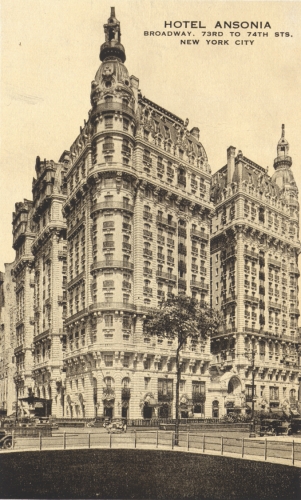The Motion Picture of the Master
Picture an age: an age where film is still in its early years – is still considered quite a novelty — and since its inception, it hasn’t disappointed us as a potent magnet to all sorts of creeds and philosophies.
 How could it not? Its fundamental implement is an unorthodoxly wooden box device that captures light to be shaped into life-like images – to be set in motion – and it traps segments of time – never to be relieved – onto a roll of nitrate film, with some kind of sophisticated glass tube sticking out at its front and a winding- mechanism attached to its side, being cranked unsteadily by a so called Cinematographer.
How could it not? Its fundamental implement is an unorthodoxly wooden box device that captures light to be shaped into life-like images – to be set in motion – and it traps segments of time – never to be relieved – onto a roll of nitrate film, with some kind of sophisticated glass tube sticking out at its front and a winding- mechanism attached to its side, being cranked unsteadily by a so called Cinematographer.
Yes, we are in the early 1900s, it’s the 18th of June 1912 to be exact. ‘Abdu’l-Bahá is on His way to the MacNutts’ residence where the friends have arranged for a film to be made to document and eternalize this masterfully splendid visit, ensuring them, us and generations to come a source of inspiration with the visual capturing of the Perfect Examplar. But this wasn’t ‘Abdu’l-Bahá’s sole appearance in a motion picture.
According to Eliane Lacroix-Hopson’s ‘Abdu’l-Bahá in New York, yet another film was shot just before. She writes: “during His stay at the Ansonia-Hotel. A commercial movie company had requested to make a short film of ‘Abdu’l-Bahá for its newsreels. The Master replied at once, ‘Khaili Khub’ (Very good). Some of the friends were upset and explained to Him that this film would be scattered around the country and used in movie houses. He replied: ‘Besyar Khub’ (Most good!)”. Consequently, one day, He appeared at the entrance of the Ansonia for the making of a short film. Lacroix-Hopson recounts: “It was a wonderfully impressive sight, for as He approached the camera, he was exhorting Bahá’u’lláh to bless this means for the spreading of the Heavenly Cause throughout the world.”
And indeed in certain aspects, film has fulfilled its promise and since then has become quite an efficient instrument in reaching out to the masses of men and dispersing estranged ideas, standards and norms. But every so often glimpses of its genuine nature shimmer through onto the tightly woven and rigidly established silver screen – a screen that so cozily and soothingly shapes societies’ wants and needs- sparking a yearning for building and gathering a new race of men, a men of purpose, a new progressive culture, a culture of learning, a new exemplary civilization, and a civilization of vision so film might, in an age to come, find itself elevated and at its true potential.
As movie lovers and lovers of men, let’s set things in motion.

